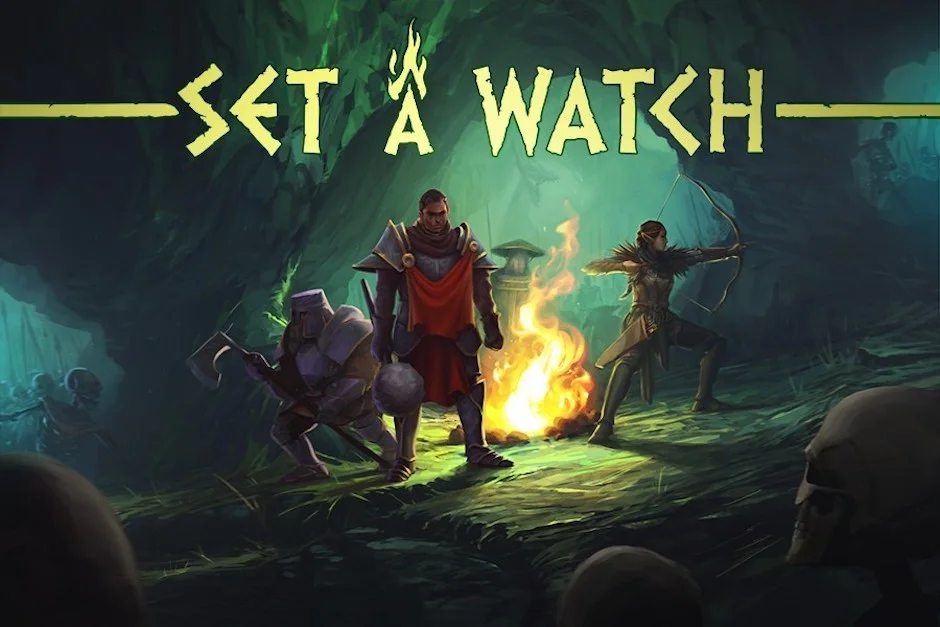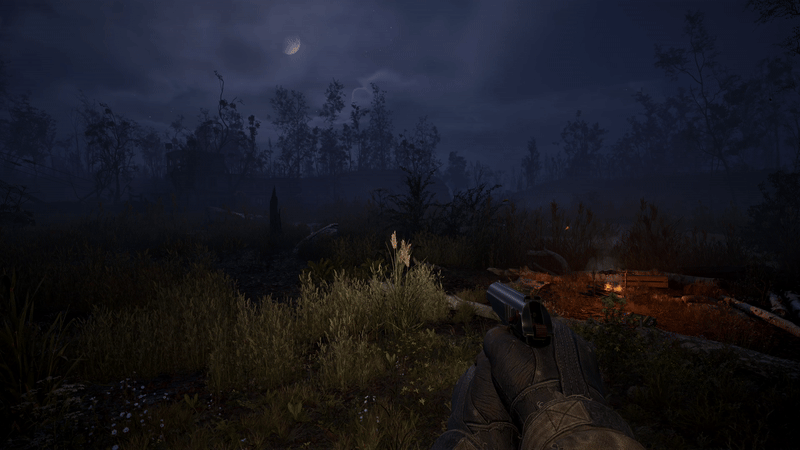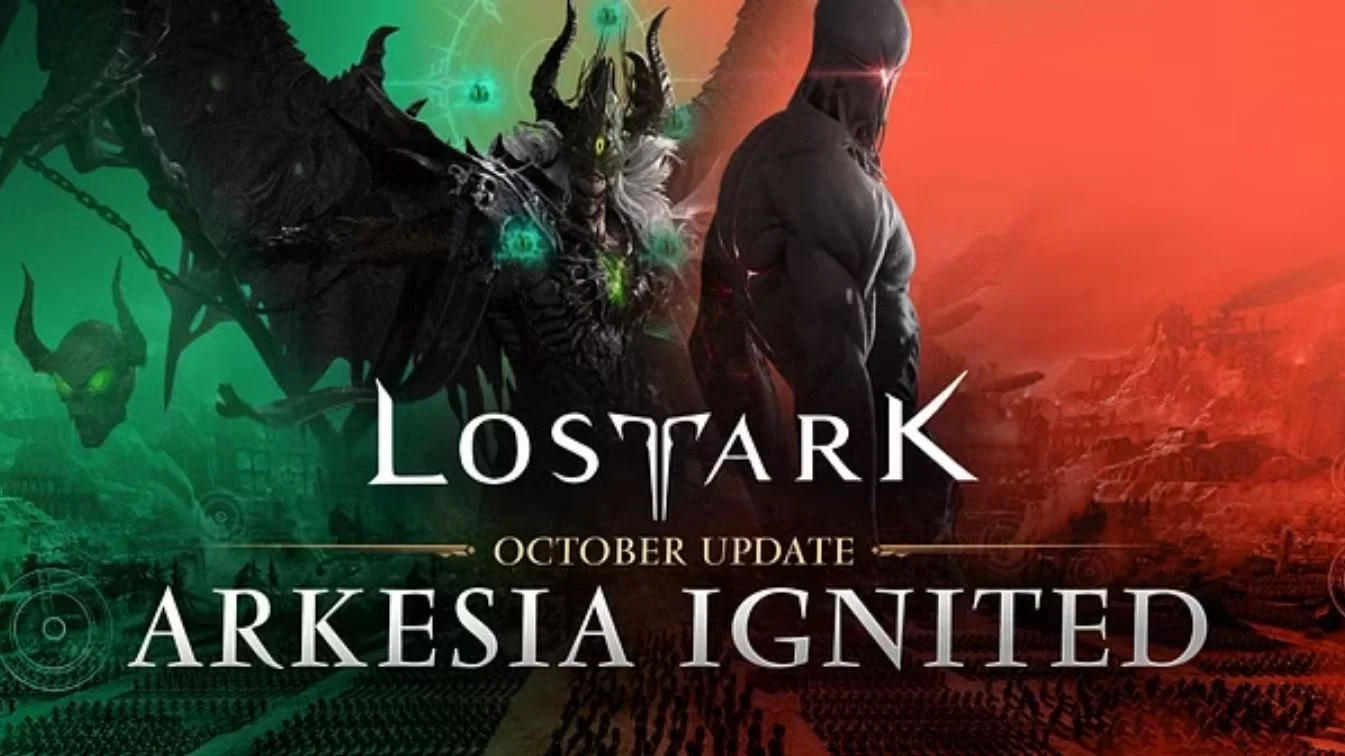Review copy provided by Asmadi Games
The Phoenix Syndicate is a game that requires exploration, expansion, and exploitation. But there is no military conflict involved, which results in a competitive strategy experience that does not debilitate or demoralize any players at the table.
Designed by Ted and Rebecca Vessenes, and developed by Chris Cieslik, The Phoenix Syndicate is an exciting board game from Asmadi Games.
The race for economic and political control features variable actions and network-building in a game that plays like Scythe in space, albeit without the competing area control, military advances, or worker placement.
Without further ado, let’s explore the galaxy of The Phoenix Syndicate.
STORY
Whispers across the galaxy speak of the Phoenix Syndicate, a criminal organization with eyes and ears everywhere… even in government offices on the most remote outpost worlds. But unchecked greed has caused the old order to lose its fire, and what once was a powerful network has crumbled under its own weight. The time has come for a new organization to rise from the ashes of the old, making a tidy profit along the way. If you scheme well enough and build a network that spans the galaxy, perhaps your fledgling syndicate will soon replace it and bear the name Phoenix.
That doesn’t sound too far-fetched, though. Every successful corporation has risen to power while tolerating some level of illegitimacy. Right?
History is written by the victors, so the most efficient and pioneering organization will emerge as the new Phoenix Syndicate.
GAMEPLAY
The goal of the game is to amass currency by the end of the game through trades routes, upgrades, and embedded agents. The player with the most credits at the end of the game wins.
Proceeding clockwise, each player selects one action for their turn and resolves all of the steps of the chosen action.
The reference to Scythe, in part, centers on the variable action order. Each player mat, known as the Command Center, includes five possible actions. Four of them possess place holders for the Directors, which determine what actions can be chosen on a player’s turn. Use that action and the Director is removed until the fifth action, Scheme, is selected.
A player can choose between Deploy, Infiltrate, Expand, Smuggle, and Scheme. Once you’ve removed the Director cube and resolved the steps, that action can’t be selected again until the player has utilized Scheme to replace Director cubes on empty action spaces.
Smuggle enables players to collect goods from planets with agents in place. Expand opens up gates and routes of travel to explore new parts of the galaxy. Infiltrate acquires upgrades that enhance the capabilities of each action. Deploy improves control on planets by replacing agents with bases. Scheme replenishes actions and trade goods. And multiple actions grant the benefit of claiming a trade route or advancing agents in the various galactic corporations.
The Phoenix Syndicate requires a layered strategy and nuanced decision-making. Trade routes are the primary method of gaining credits in the game, but any player with agents or bases on planetary trade routes will benefit when the profit is secured. Players must determine the best time to secure trade routes or hold onto them for later.
And the variability of the game presents opportunities for the players. The galaxy is made up of 27 hexagonal tiles, but the navigational possibilities are expansive with the 77 trade route cards. Then the upgrades have to be factored in. There are 35 upgrade cards that improve the function of Deploy, Infiltrate, Expand, Smuggle, and Scheme. Players can acquire multiple upgrades for particular actions. Finally, ten advantage cards create additional benefits for the Corp Infiltration Board and the five respective corporations. Embedding agents into these corporations grants bonuses.
Play continues until one player places their last agent and triggers the endgame.
The Phoenix Syndicate was an exciting blend of space exploration, resource management, and careful planning. It’s a network-building game with a random map and upgradeable actions. Players will be able to exploit its systems in new ways every game, and it’s a strategy game that finishes in under two hours. That’s impressive.
VISUALS
An unassuming package contains a lot once you uncover the game lurking within. The Phoenix Syndicate rests in a subtle black and purple box with white lettering. It would be easy to miss in the maelstrom of colorful board games and massive adventure boxes that weigh down store shelves.
But the minimalist art style reflects the intention of the game.
The Phoenix Syndicate is not going to inspire awe with flashy miniatures. There’s no companion app to heighten the tension or simplify a dense rulebook.
It’s subtle. It’s refined. And it’s supposed to stay in a game library when others are removed. Cards, map tiles, playmats, resource cubes, and player components. That’s all. But when there is a need for a medium-weight, satisfying test of players’ skill to explore, expand, and exploit, The Phoenix Syndicate will be there.
REPLAYABILITY
Yes, there is a lot of replay value here. The large trade route deck, the action upgrade cards, and the corporation advantages all guarantee a different game every time. And variable strategies can all achieve victory if applied with focus and cunning.
WHAT IT COULD HAVE DONE BETTER
Out of the three elements that improve play, the advantage deck is the most limited. With only ten cards, there is less variability, and a larger deck would give the corporation bonuses as much possibility as the upgraded actions.
VERDICT
The Phoenix Syndicate is a good balance of strategy and experimentation. It also exists in a compelling middle ground between high-complexity board games that require multiple hours and entry-level tabletop games that lack depth. It’s a surprise hit, and it will definitely stay in the rotation for game night.






















